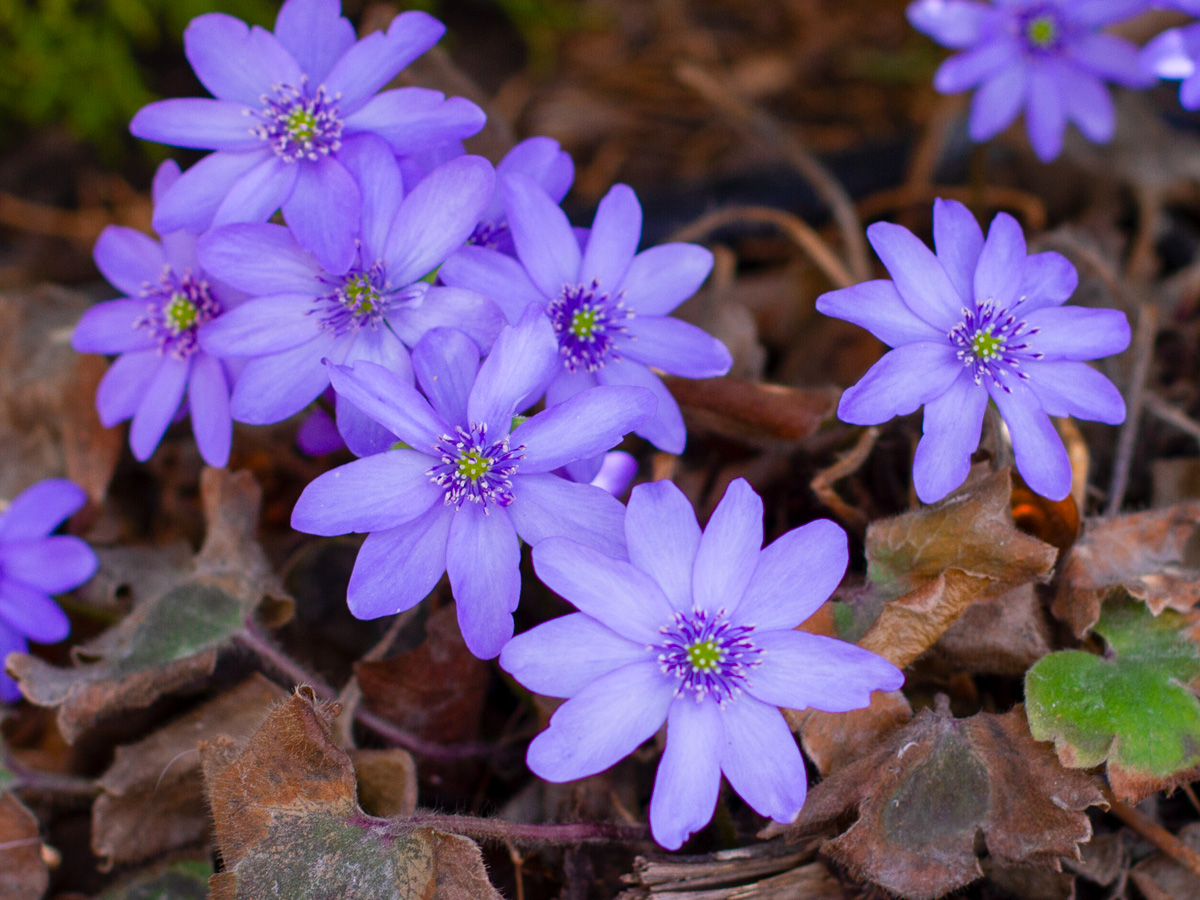Start your engines!

Photo by Deborah Maier
Gardeners, we are finally in the homestretch. I have been telling the overwintering plants for months to “hang in there” and “soon you’ll get to move outside” (yes, I talk to my plants). Well, now it is true. If the weather is good, many of the warm season plants can be placed outside during the day in a sheltered spot. Like seedlings, they need to harden off to outdoor conditions. The leaves need to become accustomed to sunlight and wind.
A fan and grow lights help plants survive winter indoors, but do not emulate the intensity of outdoor weather. Too much sun and wind too soon and the plant’s leaves will be tattered and sun scalded. I was not careful enough last year and my bay leaf laurel, a broad-leafed evergreen, was sun scalded and its leaves still show the damage.
After over six months inside, the plants and I are looking forward to the return to outdoor growing. However, frosts, snow, and other plant hazardous weather is still expected, so frost cloths and room for plants in the garage are needed.
This is the month for starting seeds and moving plants started earlier into cold frames and hoop houses. Many gardeners will know cold frames as unheated greenhouses or small box-like structures with a lid that lets sunlight in. Hoop houses are temporary cold frames made with hoops over which garden cloth is secured. The hoops can be a flexible wire rod or PVC pipe. The hoop can be pushed in the ground or secured in place by a frame such as a raised garden bed box. These structures can keep the air temperature inside at least 5° C warmer than the ambient air temperature—usually enough to keep plants safe from freezing during April and May.
If the ground can be worked, then cool-season crop seeds can be planted. These plants include sweet peas, peas, spinach, kale, cabbage, and radishes.
Radishes are magnets for pests. Plant them throughout the garden as a trap crop to keep pests away from other plants. If you like to eat radishes, plant one for eating and two for the pests. Don’t plant the growing area all at once; every week plant more seeds so that you will have a succession of maturing crops.
There is a huge transition in the garden from now until June. April can be very wintery, but buds will start to swell. The first spring flowers appear. Fall planted crocuses, scilla, snowdrops, and squill bloom. Many of the blooms on these flowers are small, but it is exciting and refreshing to see them. The ground is still covered in winter litter and brown, but every day a new green sprout will pop through. These wee green sprouts and buds herald the lush time to come. When the leaves start to show on shrubs and trees, if the ground is dry, be prepared to water low and slow around them. Water in the area from the tips of the branches to one-and-a-half times the height of the tree away.
Some of the earliest blooms can be seen on shrubs and fruiting trees. Apples, double-flowering plums, forsythias, Nanking cherries, pears, and saskatoons will start blooming this month. Perennial plants—hepatica, violets, and cushion spurge will start to bloom, too.
Plant stock is arriving at garden centres, but the stores will still be quiet places to visit, so if you need seeds, pots, or soil, visit this month. For summer colour, start annuals that need to be sown 6 to 8 weeks before the final frost. These include alyssum, marigolds, pinks, ornamental clary sage, and zinnias to name a few of my favourites.
April offers a siren song. As gardeners, we need to pay attention to the weather. Days can be warm, but nights can dip to tender plant-killing cold. Start your engines gardeners, but take it easy, we are in the homestretch to the outdoor gardening season.
To learn more about gardening in the Calgary area, visit the Society’s website www.calhort.org.
